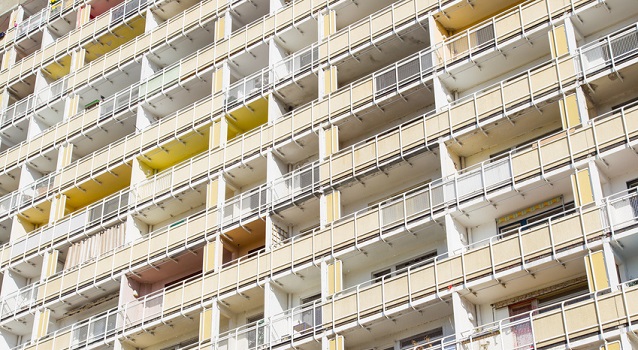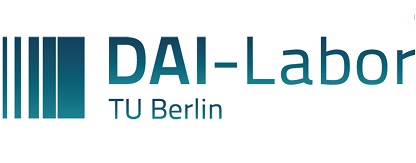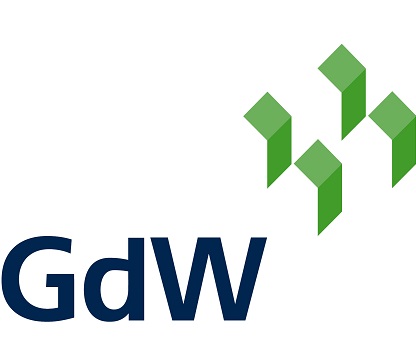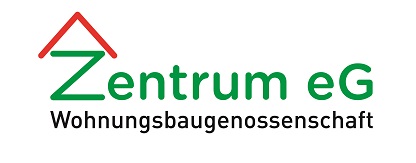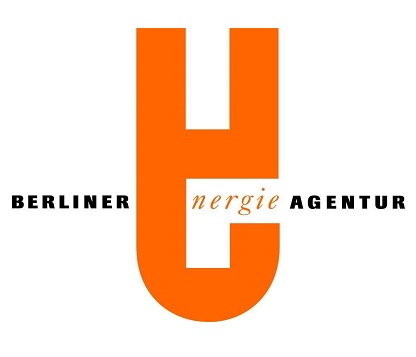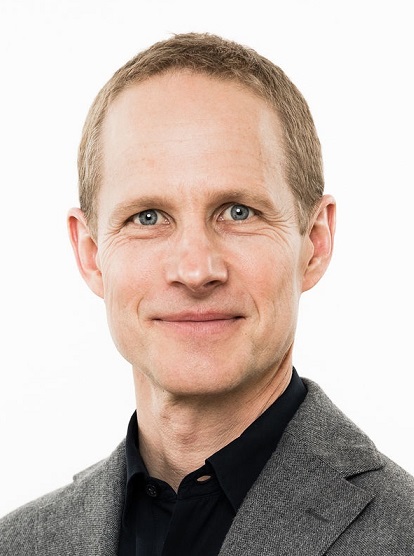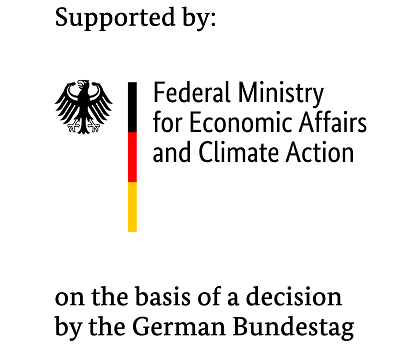ProSHAPE@Connected Energy
Decentralised energy management in multi-storey residential buildings
Digitisation is making its way into the energy and housing industry. It provides solutions with which living comfort can be increased and heat and electricity consumption can be reduced. Thus, great efficiency potentials can be tapped and the energy transition in the building sector can be implemented. Intelligent building technology (smart building technology) plays an important role here. Due to the low investment and CO2 avoidance costs, it is a good complement to structural measures such as insulation or new windows.
Further development of decentralised energy management
In the ProSHAPE@Connected Energy project, a control approach and business models were developed that enable decentralised energy management in residential quarters. The project was coordinated by the Borderstep Institute. Technology from the company Dr. Riedel Automatisierungstechnik and a combined heat and power plant operated by the Berliner Energieagentur are used. The control system operates on three levels: the flat, the building and the quarter. It allows a demand-oriented control of the heating and the central heating system, which supplies the neighbourhood with heat and electricity (tenant electricity) from a combined heat and power unit (CHP).
Implementation with partners from the energy and housing industry
The decentralized energy management was implemented in a quarter (6 buildings, 224 apartments) of the housing cooperative Zentrum in Berlin- Prenzlauer Berg. The aim was to supply the tenants with as high a proportion as possible of the energy (heat and electricity) generated in the CHP unit, to reduce ancillary costs and to contribute to environmental protection. In future, the technology can also be used to utilize buildings as dynamic (grid-serving) units in the energy supply. The CHP unit, together with the storage mass of the buildings and the heating systems, will then react to and compensate for fluctuating electricity availability in the grid.
Results from ProSHAPE@Connected Energy
The decentralized energy management system in the quarter was put into operation in October 2015. Since then, the following goals have been achieved:
- Tenants’ heating costs were reduced by almost 20% compared with the average costs of Berlin housing companies. The heating energy requirement of the apartments is now 60 kWh/m² of living space per year, thus meeting the low-energy house standard.
- For residents participating in the tenant electricity model, the electricity price has been reduced by around 15% compared with the basic supplier.
- The CO2 emissions of the quarter could be reduced by 160 t per year through the use of the CHP. Further emission reductions of about 58.5 t per year result from the use of decentralized energy management.
- With the intelligent building infrastructure, the housing company has taken a step toward digital building management. In the future, the installed platform can be supplemented with additional services according to the needs of the tenants. The business models developed enable the findings to be transferred.
